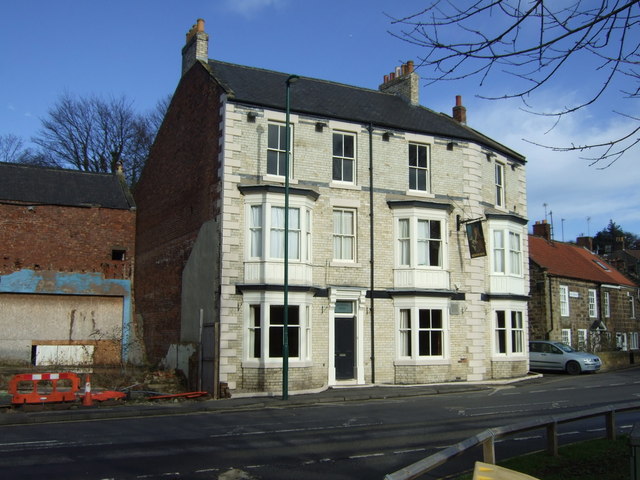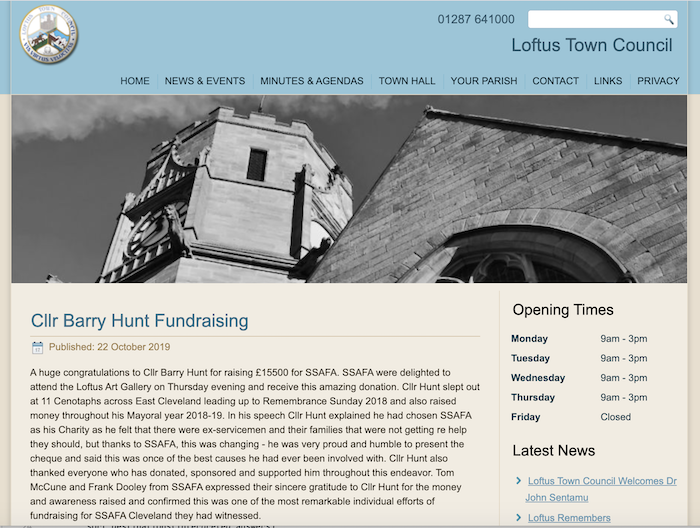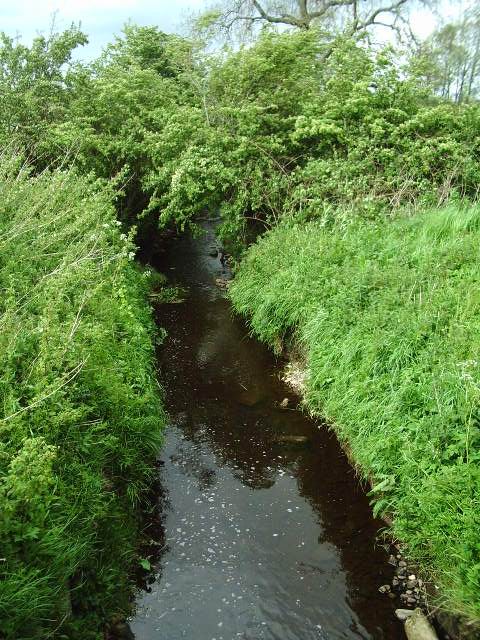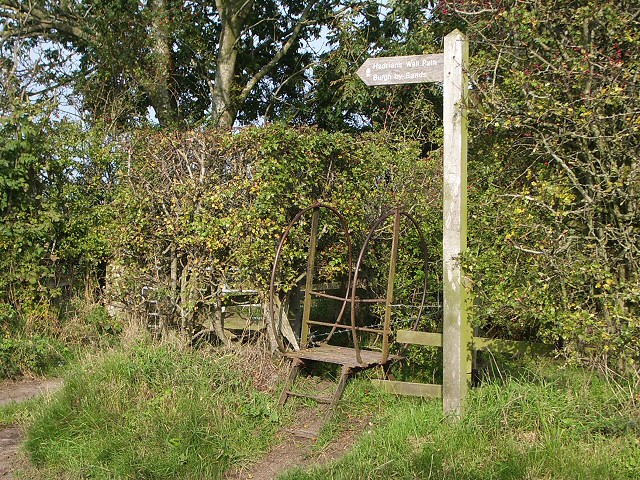Topics > Tees Valley > Loftus > Loftus Parish, 1848
Loftus Parish, 1848
LOFTHOUSE (St. Leonard), a parish, in the union of Guisborough, E. division of the liberty of Langbaurgh, N. riding of York, 8½ miles (E.N.E.) from Guisborough; containing 1,091 inhabitants. This place, in the Domesday survey Lochtushum, was granted by the Conqueror to Hugh Lupus, Earl of Chester, who soon afterwards transferred it to the Percy family, of whom William de Percy, the third baron, in 1133 founded at Handall, in the parish, a priory for Benedictine nuns, which he dedicated to the Virgin Mary, and of which the revenue, at the Dissolution, was estimated at £20. 7. 8. The lands remained for many generations in possession of the Percys; the greater portion of them is now the property of the Hon. Major-General Sir Robert Lawrence Dundas, lord of the manor. The parish is bounded on the north by the sea, and comprises by measurement 3,775 acres, including 383 of common or waste. Near the coast the ground is elevated, but it declines gradually from the cliffs towards the village, whence it rises gently, assuming a northern aspect, and commanding a good view of the sea; the surface is diversified with richly-wooded dales. The substratum is chiefly freestone of good quality for building; and the rocks abound with alum, of which some very extensive works, belonging to the lord of the manor, afford employment to many of the inhabitants of the adjacent hamlets. Lofthouse Hall, the seat of Major-General Dundas, is a handsome mansion, recently erected. The village, which is on the coast road from Guisborough to Whitby, consists mainly of one long street of houses built of stone. A customary market is held on Thursday. The living is a rectory, valued in the king's books at £10. 11. 0½., and in the patronage of the Crown: the tithes have been commuted for £450, and the glebe consists of 56 acres, with a parsonagehouse in the Italian style. The church, originally given by William de Saucey to the priory of Guisborough, was rebuilt in 1813, at a cost of £1300, and is a spacious structure with a square embattled tower. There are some remains of the convent.
Extract from: A Topographical Dictionary of England comprising the several counties, cities, boroughs, corporate and market towns, parishes, and townships..... 7th Edition, by Samuel Lewis, London, 1848.

Co-Curate Page
Loftus
- Overview About Loftus Map Street View Loftus is a town and civil parish located in the borough of Redcar and Cleveland in the North East of England. The town …











